The super urban railway project is being submitted to the Politburo and together with Resolution 98 as well as other special mechanisms, Ho Chi Minh City hopes to create a breakthrough in the metro system.
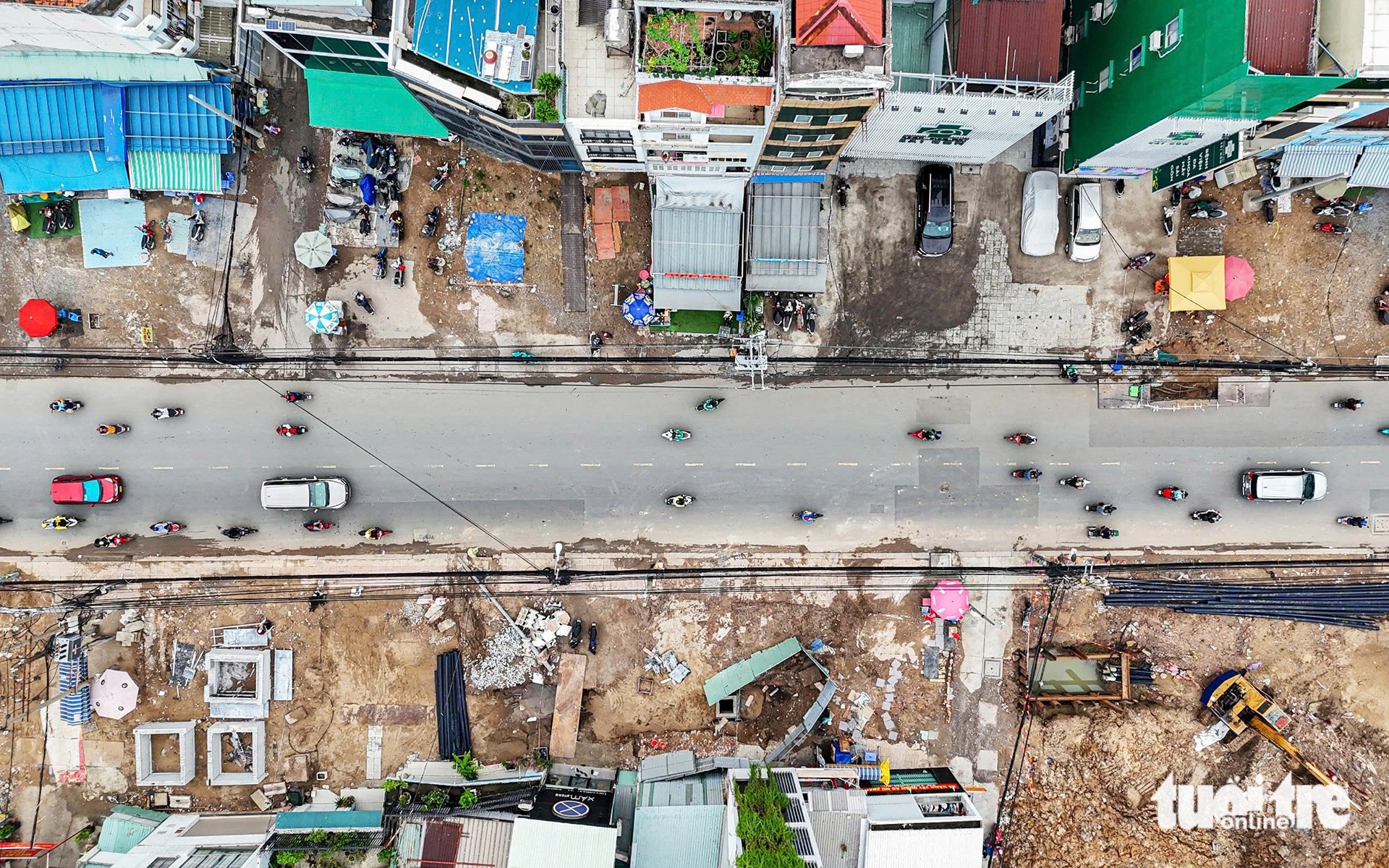
Metro line 2 runs underground under Cach Mang Thang 8 and Truong Chinh streets. Currently, the land has been basically handed over, and houses are built back inside - Photo: CHAU TUAN
To start, Ho Chi Minh City plans to use budget capital instead of ODA capital to build metro line 2 Ben Thanh - Tham Luong.
This will be a huge turning point for the project, which was approved for investment 14 years ago, and could be the premise for building other metro lines with domestic resources.
Why consider using a budget?
Metro Line 2 was approved for investment in 2010. In the most recent adjustment in 2023, the project is expected to be completed in 2030 and under warranty until 2032. The entire line is about 11km long with a total investment of about 47,890 billion VND.
Of which, ODA capital and preferential loans from donors including the Asian Development Bank (ADB), the German Reconstruction Bank (KfW), the European Investment Bank (EIB) are more than 37,486 billion VND, and counterpart capital from the budget is more than 10,403 billion VND.
The project has signed 5 loans but 3 loans from ADB and EIB have expired, 2 loans from KfW need to be extended to continue implementation. Metro Line 2 has a total of 7 main construction packages but so far only CP1 package - construction of office building at Tham Luong depot has been put into use since 2017.
In order to start the remaining 6 main packages soon, it is very important to mobilize new consultants because the contract with the old consultant, the Metro Team Line 2 consortium (IC consultant), has ended. The Ho Chi Minh City Urban Railway Project Management Board (investor) has bid to find a project control and construction supervision consultant (CS2B consultant).
At the meeting with the investor in early 2024, the sponsor emphasized that the first and most important thing is to ensure that CS2B consultants are mobilized as soon as possible. The consultants will be responsible for reviewing the foundation design, updating the estimates of the bid packages, and the total investment. From there, we can see the overall picture of the project's finances and progress.
According to the previous plan, the investor was expected to award the CS2B consulting contract in August 2024, however, the package has only stopped at the preliminary selection stage. Notably, the CS2B package still has no funding source because KfW has determined not to participate in the next process of this package.
Thus, when converting capital sources for metro line 2, there are two options to consider for this bidding package. One is to continue the bidding process, but the implementation process is predicted to be very difficult and entangled with regulations. The optimal option is to cancel the bidding for the CS2B package and at the same time arrange budget capital to re-bid.
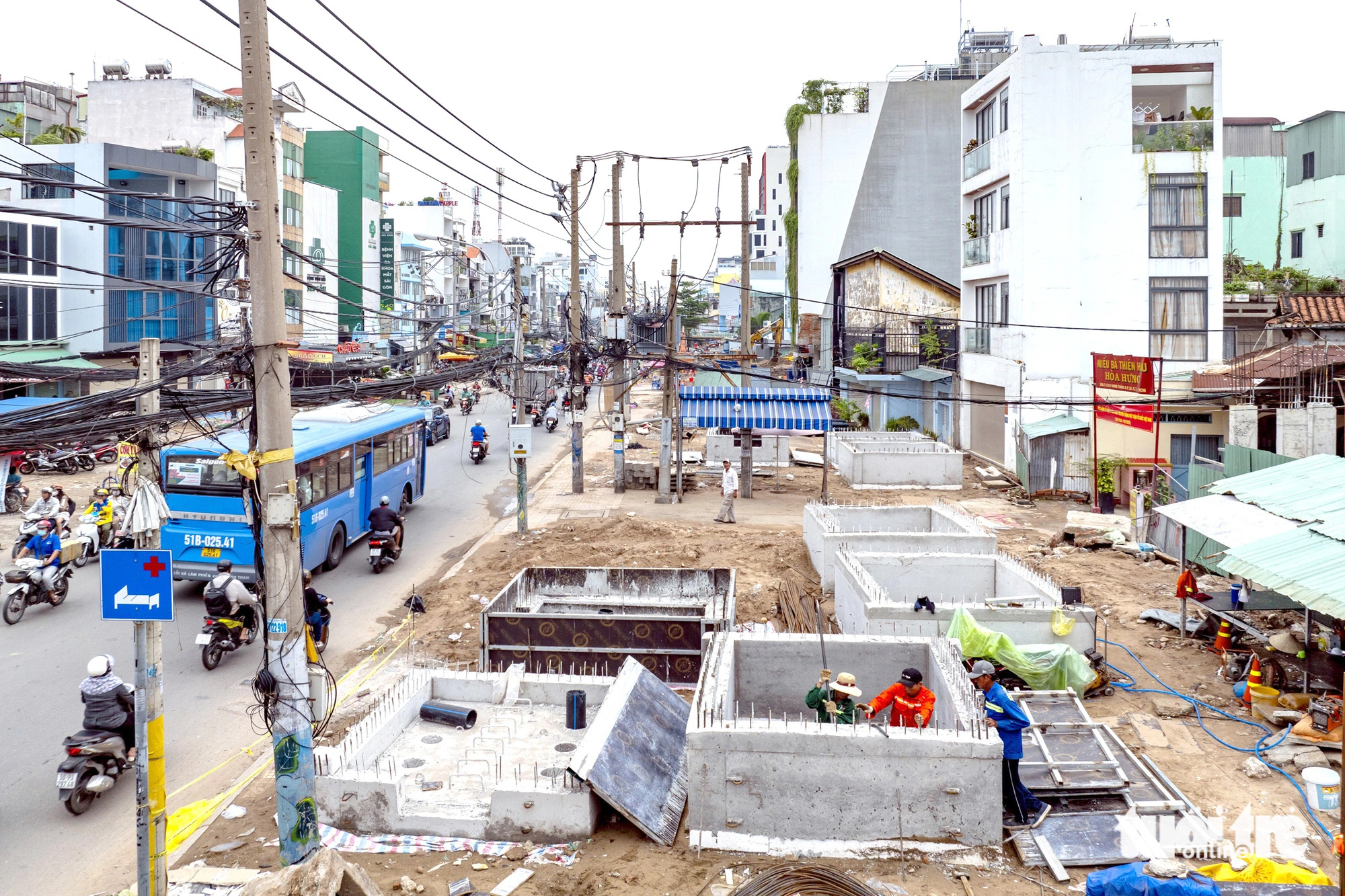
The ground level on Cach Mang Thang Tam Street, District 3, Ho Chi Minh City is under construction of metro line 2 infrastructure - Photo: VAN TRUNG
Issuing bonds is feasible
Based on the capital situation for metro line 2 as above, during the process of giving opinions on project implementation, the departments and branches assessed that using budget capital instead of ODA capital to carry out the metro project is completely feasible. Recently, the Ho Chi Minh City State Financial Investment Company (HFIC) has had a comprehensive report on capital mobilization methods to replace ODA capital.
There are currently two methods of issuing local government bonds: auction issuance and underwriting. The city's previous local government bond issuances were mainly carried out underwriting because the annual issuance volume was not large (VND2,000 - 3,000 billion/year). Meanwhile, to implement the metro line 2 project, it is expected to issue about VND30,669 billion in local government bonds in the period of 2026 - 2030. In the case of a large bond issuance, the underwriting method is difficult to implement, and auction issuance will be more suitable.
According to HFIC, the success of issuing local government bonds will depend on the market situation and investor demand at the time of issuance. In addition, the bond market context has the participation of many issuers in raising capital.
With an attractive interest rate range and a certain level of credibility of local government bonds issued by the city, metro 2 bonds are expected to still be able to attract investors.
Bonds must be attractive
However, if the demand for annual bond issuance volume of Ho Chi Minh City is higher (including the volume for other projects expected to be 10,000 - 20,000 billion VND/year), the successful issuance in the period 2026 - 2030 as well as the period after 2030 will depend on many factors.
Specifically, the market situation, the attractiveness of interest rates, the liquidity of local government bonds in the secondary market... At the same time, it is also necessary to comply with regulations such as the total outstanding loan balance not exceeding 120% of the city's budget revenue according to decentralization and the mobilized value not exceeding the budget deficit level decided by the National Assembly annually.
Based on the expected ability to balance the city budget, capital mobilization in the form of issuing local government bonds is necessary to meet the capital disbursement needs for metro line 2. In the expected issuance year, HFIC will coordinate with the Department of Finance to advise the City People's Committee to specifically determine the bond issuance method (bidding or underwriting) and related contents based on assessing the bond market context and surveying investor demand.
For the period 2031 - 2035, when it is estimated that there will be about 12,600 billion VND left for the metro line 2 project, Ho Chi Minh City needs to review the ability to balance revenue sources from urban development according to the TOD model and other sources. In case it is necessary to supplement loan capital, Ho Chi Minh City will continue to research and propose appropriate mobilization methods based on debt repayment capacity and market situation.
To increase the feasibility of the capital mobilization plan, HFIC proposed a mechanism to increase the attractiveness and liquidity of local government bonds, such as increasing the value of bonds in securities portfolio transactions, or being allowed to apply a more attractive interest rate margin...
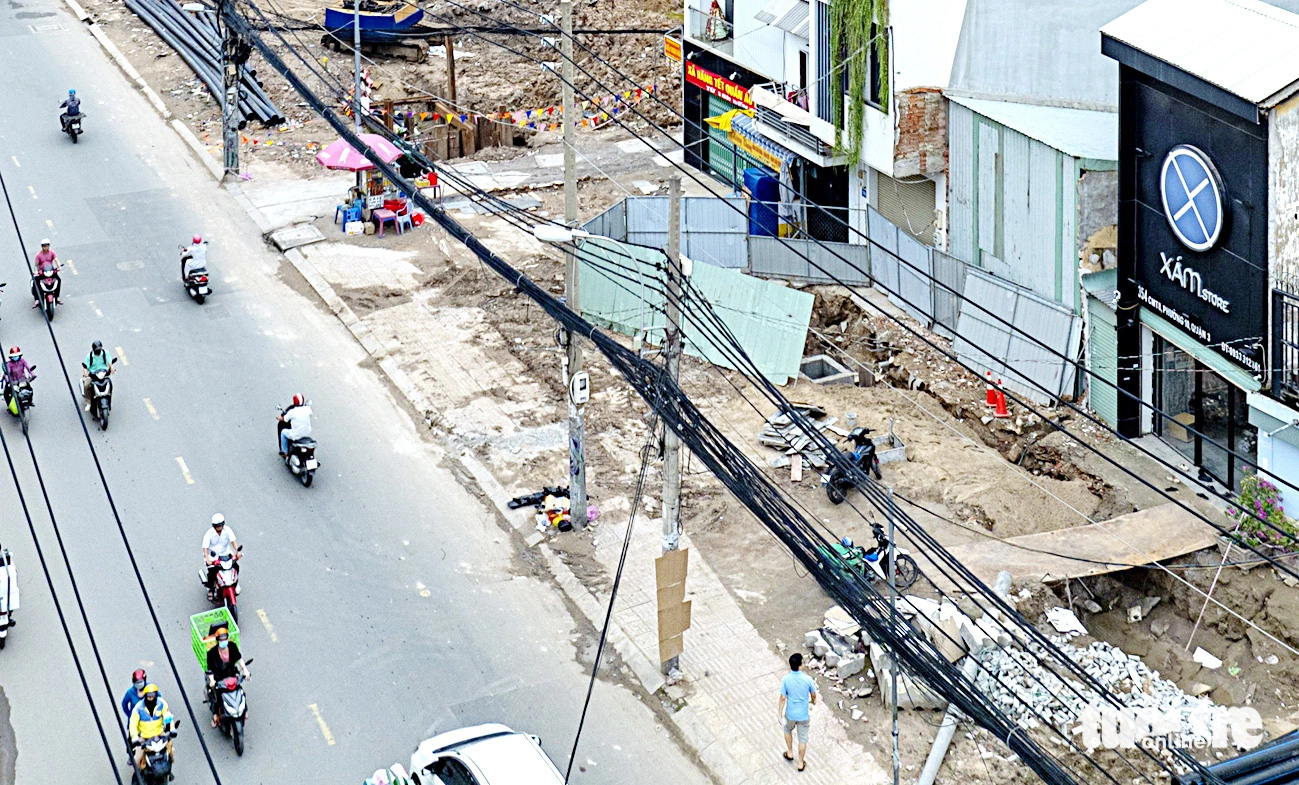
The last residential area has been cleared on Cach Mang Thang Tam Street, District 3, Ho Chi Minh City - Photo: VAN TRUNG
Dr. Tran Quang Thang (Director of Ho Chi Minh City Institute of Economics and Management):
Necessary but also risky
Metro systems are essential for urban areas like Ho Chi Minh City. Therefore, it is necessary to issue local bonds to supplement existing capital sources that are not sufficient to meet the needs of public transport infrastructure development in general and metro line 2 in particular.
However, Ho Chi Minh City needs to pay attention to points such as the issuance of local bonds can also face financial risks, especially when the economy is in decline.
In addition, local government financial policies also affect the efficiency of investment and policy changes, if any, can affect profits and the ability to recover capital. Valuation of local bonds is often not as easy as other bonds, because it depends on many local economic and political factors.
In particular, to prepare capital for developing the metro system, units focus on accelerating the development of the TOD model (Transit Oriented Development - urban development model oriented towards public transport development - PV) and consider it a strategy.
The TOD model helps optimize land value around stations, creating additional capital for reinvestment in transport infrastructure. At the same time, TOD increases population density near key traffic points, promoting the attractiveness of the public transport system.
Associate Professor, Dr. Nguyen Ba Hoang (former vice principal in charge of Ho Chi Minh City University of Transport):
Need to attract large businesses to participate
The policy of issuing local bonds in Ho Chi Minh City to build metro is necessary, long-term and sustainable.
Some developed countries have implemented this policy, the unit investing, building and operating the metro can be a private enterprise (for example, Japan has Tokyu Corporation) on the condition that the state has the right direction by creating investment incentives such as tax incentives, financial support (providing preferential loans or credit guarantees), providing special mechanisms on land and land prices.
In this way, in addition to state capital, businesses and people can join hands to develop a more effective metro system. With attractive policies, Ho Chi Minh City can easily attract and receive support from businesses. Because when the metro is completed, it will bring great economic benefits, change the face of the city, and serve the people.
In particular, Ho Chi Minh City must calculate, research and develop plans and policies to attract the attention of businesses with economic potential first. Specifically, such as issuing local bonds with incentives on land funds along the route, current land plots and promoting public-private partnerships (PPP) so that businesses can share risks and profits when investing in projects.
Pilot project from metro super project policy mechanism
Recently, the Party Committee of the Ho Chi Minh City People's Committee has agreed on the policy of using Ho Chi Minh City budget capital to continue implementing the metro line 2 project and adding the project to synchronously connect metro lines 1 and 2 at Ben Thanh station area to the metro line 2 project.
Relevant departments and units will have a report assessing the comprehensive impact of arising issues (legal, financial...); research and supplement the EPC general contractor mechanism into the metro project according to Conclusion No. 49 of the Politburo, and at the same time determine that metro line No. 2 must be a pilot project of policy mechanisms from the project...
According to an expert, using the budget to build Metro Line 2 will require more time to carry out the procedures. However, this option will help the city take the initiative in the entire implementation process, possibly shortening the project time. In addition to having a clean site, Metro Line 2 also has the advantage of being able to apply specific mechanisms in the city's metro project that is currently being submitted to competent authorities for approval.
Want to build 355km metro: bonds, TOD are key
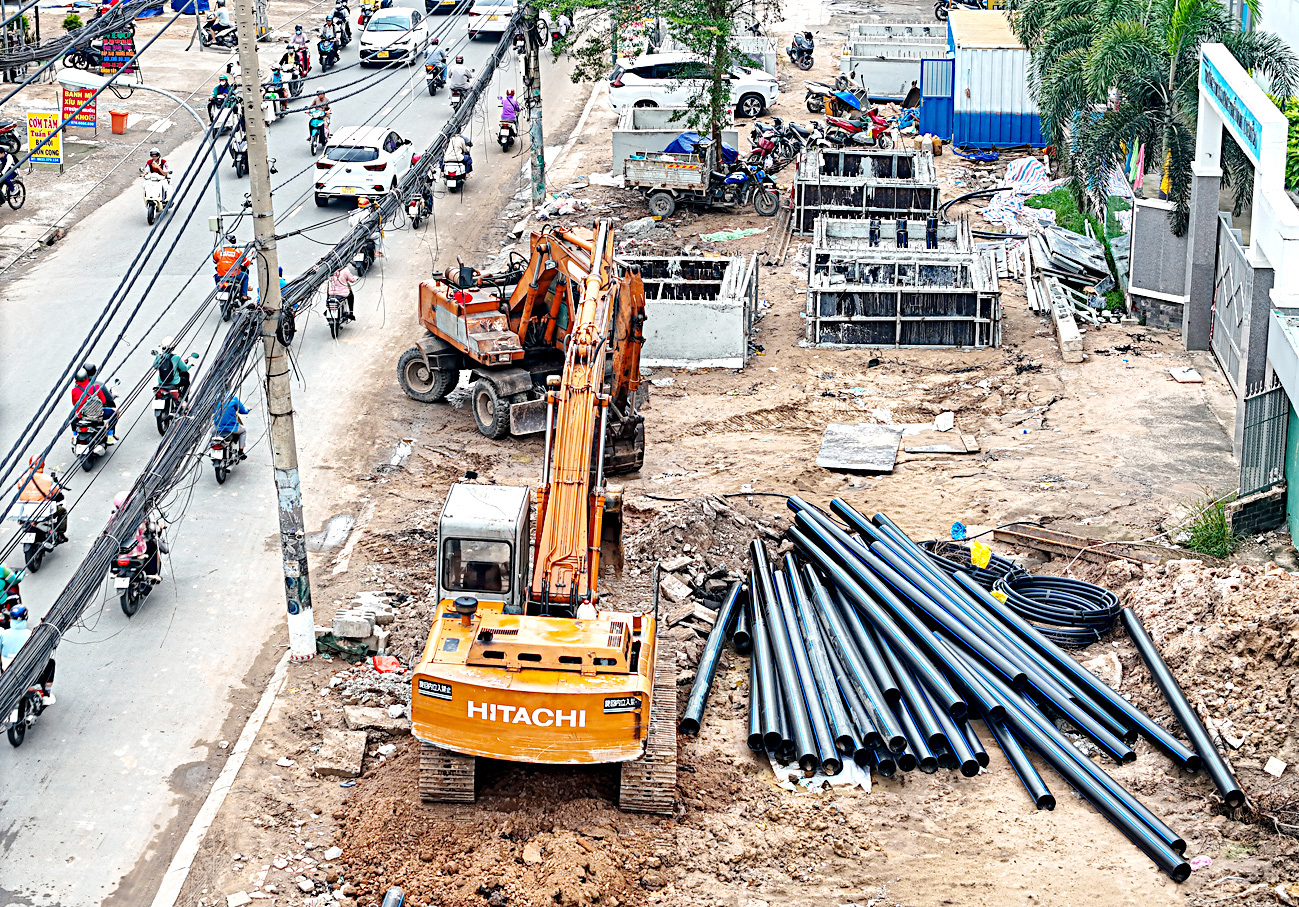
The relocation of technical infrastructure of metro line 2 is being carried out - Photo: CHAU TUAN
Based on the direction of the Government Standing Committee, the Ho Chi Minh City People's Committee has completed the project with the goal of completing 355km of metro in just 10 years. On that basis, the Ministry of Transport has completed the overall metro project in Hanoi and Ho Chi Minh City to submit to the competent authority for approval.
Increase underground length to reduce site costs
In the project, Ho Chi Minh City has studied increasing the length of underground and deep tunnels to reduce compensation, support and resettlement costs. This also helps speed up construction progress, promote the efficiency of underground space exploitation, and combine the renovation and restructuring of existing urban areas (technical and social infrastructure have not met the requirements).
In addition, the route is considered to ensure technical factors, not necessarily overlapping with the road corridor. To implement 7 routes with a length of 355km, Ho Chi Minh City has calculated a preliminary total investment of about 40 billion USD. In which, the option of increasing the underground length helps the land cost to only 6.1 billion USD (a reduction of 11.9 billion USD compared to increasing the elevated length).
Among the 43 special policy mechanisms, Ho Chi Minh City proposed to borrow capital through issuing local government bonds, borrowing from domestic financial institutions and from foreign loans from the Government to re-lend to the City and other legal forms of capital mobilization.
The total amount of borrowing and budget deficit of the city each year is decided by the National Assembly on the basis of ensuring sufficient capital needs of the city in the year. The total outstanding loan balance shall not exceed 120% of the city's budget revenue according to decentralization. In case it exceeds 120%, the National Assembly shall consider and adjust the outstanding loan balance to suit actual needs.
For TOD areas (urban development model oriented towards public transport development), Ho Chi Minh City proposes to collect and use 100% of revenue from the development of metro, public transport, and technical infrastructure connecting with public passenger transport.
Specifically, revenue from increased floor area of civil construction projects due to increased land use coefficient and other planning indicators of TOD areas. Revenue from exploiting added value from land in TOD areas...
Proposal to establish a state corporation to build metro
Ho Chi Minh City also proposed to establish an urban railway corporation at the same time as the preparation for investment in the metro project. The urban railway corporation will be a 100% state-owned enterprise, under the Ho Chi Minh City People's Committee. This model will be studied and learned from experiences in a number of cities in countries with developed urban railway systems in the world such as China, Russia, Spain, Korea, Japan, etc.
Ho Chi Minh City will study and propose a number of specific mechanisms and policies so that urban railway corporations are allowed to mobilize capital, be assigned by the State to organize or carry out themselves the work of design, project management, construction investment; operation and exploitation.
The Group is licensed to do real estate business in the area surrounding the station and depot according to the TOD model, and to do business in exploiting railway infrastructure.
In its development roadmap, Ho Chi Minh City aims to gradually build an increasingly strong urban railway corporation with sufficient capacity in terms of capital, technology and corporate governance. From there, the corporation will not only meet the urban railway development needs of the city and neighboring areas, but also expand nationwide and eventually export to countries in the region and around the world.
Source: https://tuoitre.vn/tp-hcm-muon-tu-chu-nguon-von-lam-metro-so-2-20241214081908307.htm



![[Photo] General Secretary To Lam meets and expresses gratitude to Vietnam's Belarusian friends](https://vphoto.vietnam.vn/thumb/1200x675/vietnam/resource/IMAGE/2025/5/11/c515ee2054c54a87aa8a7cb520f2fa6e)

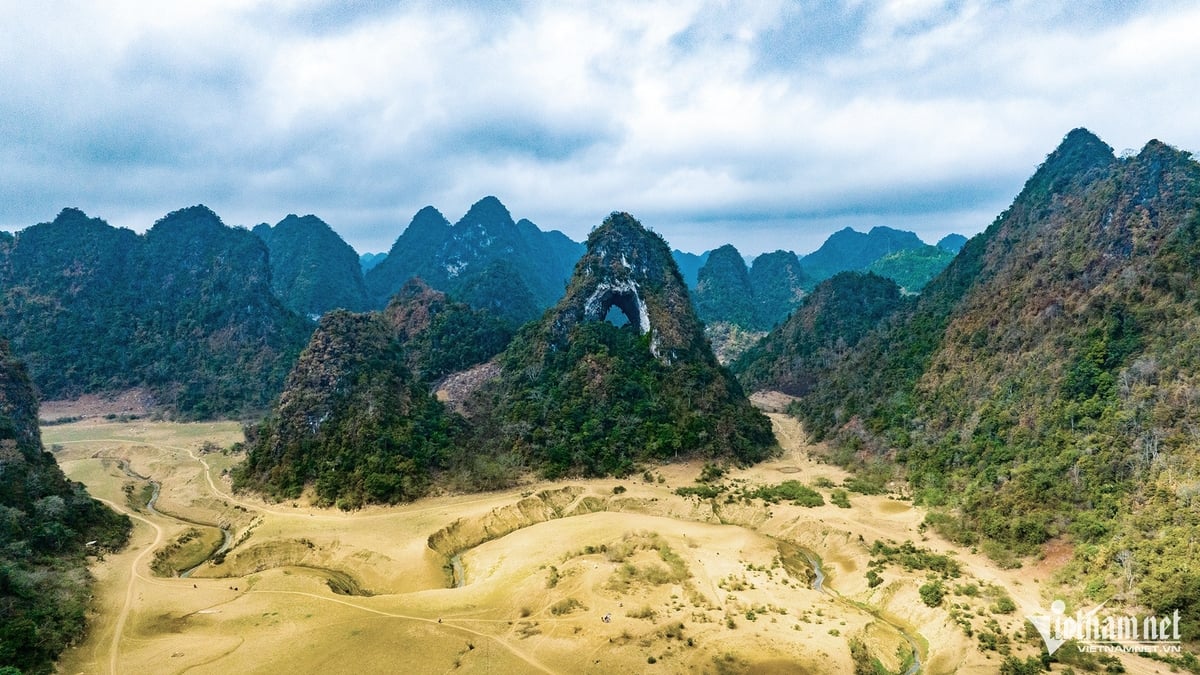
![[Photo] General Secretary To Lam arrives in Minsk, begins state visit to Belarus](https://vphoto.vietnam.vn/thumb/1200x675/vietnam/resource/IMAGE/2025/5/11/76602f587468437f8b5b7104495f444d)

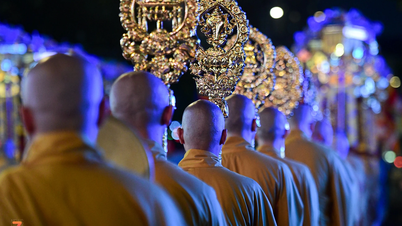



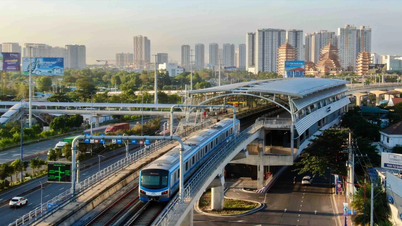

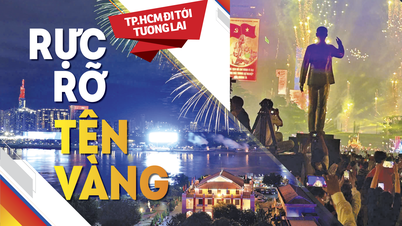






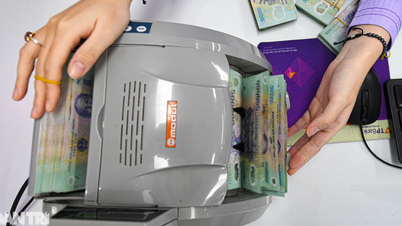
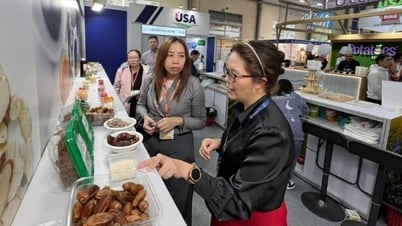
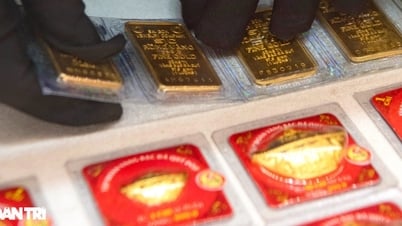




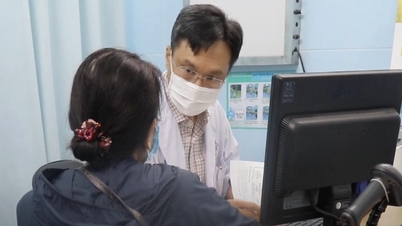




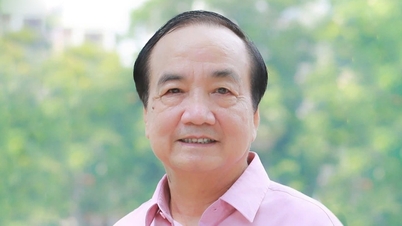
![[Photo] General Secretary To Lam concludes visit to Russia, departs for Belarus](https://vphoto.vietnam.vn/thumb/1200x675/vietnam/resource/IMAGE/2025/5/11/0acf1081a95e4b1d9886c67fdafd95ed)












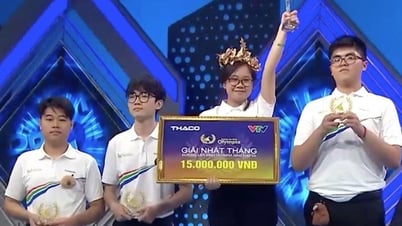














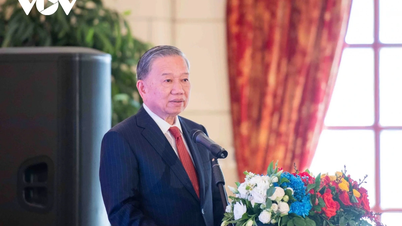

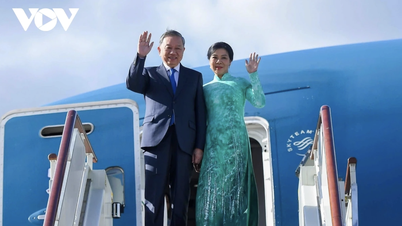
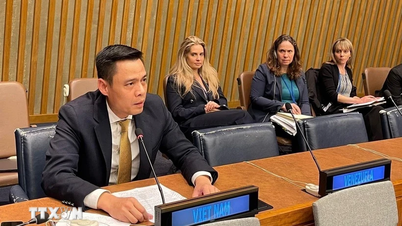












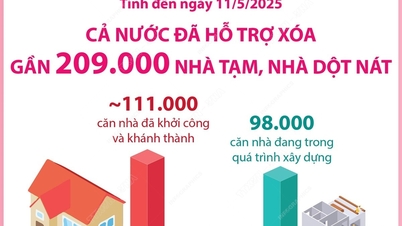

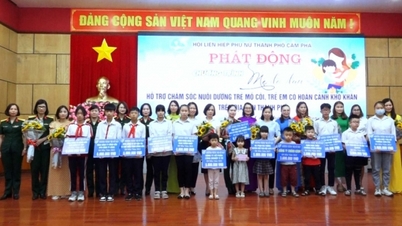

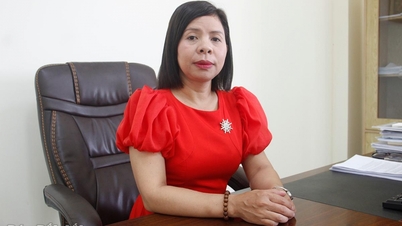

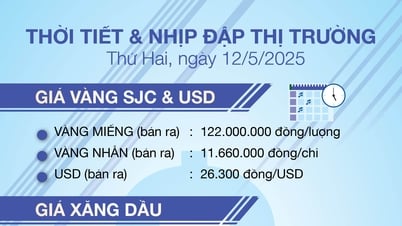

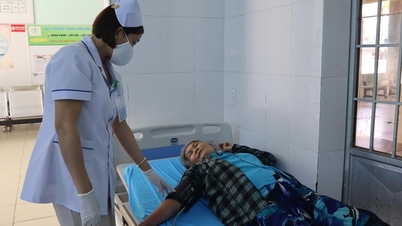
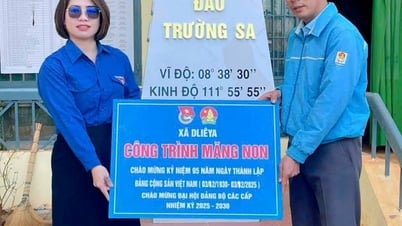










Comment (0)